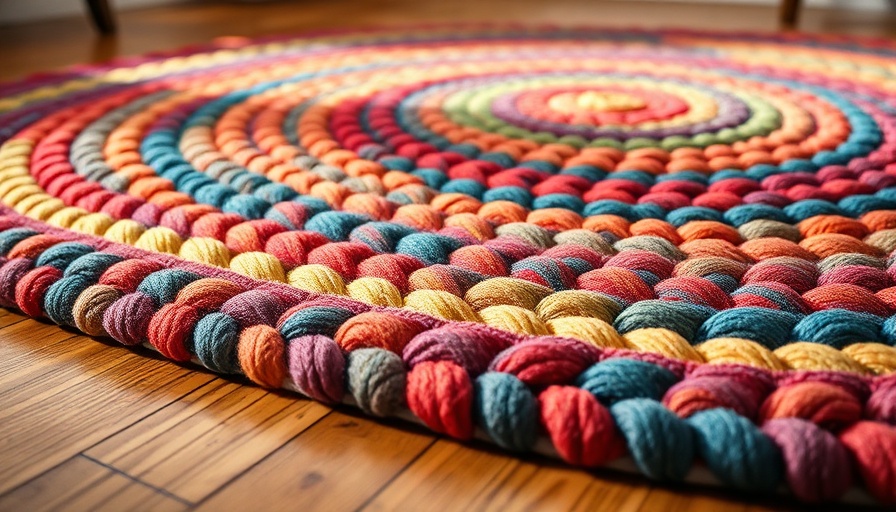
The Beauty and Practicality of Braided Rugs
In today’s interior design landscape, the classic braided rug remains a cherished fixture in many homes. They not only elevate the aesthetic but also serve practical purposes in high-traffic areas. With the right cleaning techniques, you can maintain the elegance and longevity of these beautiful pieces. This article offers a step-by-step guide to cleaning braided rugs effectively, blending insights from various respected sources.
Gather Your Cleaning Supplies: The Essential Toolkit
Before you embark on cleaning your braided rug, it’s crucial to gather all necessary tools and materials. Here’s what you’ll need:
- White vinegar
- Warm water
- Toothbrush or soft cleaning brush
- Gentle vacuum cleaner (without a rotating brush)
- Specialized rug cleaning products
Most of these items are common household items, but ensuring you have suitable cleaning products designed specifically for rugs is vital to avoid damaging the fibers.
Routine Cleaning: Keeping Your Rug Fresh
Regular maintenance is key to extending the life of your rug. Vacuuming weekly is important, especially if your rug sees a lot of foot traffic. When vacuuming, ensure you use a cleaner with a gentle brush; rotating brushes can harm the fibers.
A simple method to keep your rug fresh is to take it outside periodically, shake it well to release dirt, and vacuum both sides thoroughly. Should you notice any stains, immediate action is crucial. A mix of water and white vinegar can effectively tackle most stains—just apply it gently with a brush.
Deep Cleaning: Revitalizing Your Braided Rug
For a thorough cleaning, deep cleaning your braided rug once or twice a year is recommended. This process involves shaking out loose dirt outside, followed by vacuuming. Next, you can hose down the entire rug or use a rug shampooer if conditions allow. Make sure to rinse thoroughly and allow your rug to dry completely to avoid rot or mildew.
In areas where snow is plentiful, laying your rug on freshly fallen snow works wonders as the snow can help absorb dirt from the fibers. If you live in warmer areas, consider cleaning your rug during peak summer heat; the sun will aid in drying rapidly.
Spot Cleaning: Addressing Stains and Accidents
Accidents happen, and knowing how to quickly address stains can save your rug. For spot cleaning, start by vacuuming the area, then apply your vinegar and water solution to the stained part. Gently scrub with a toothbrush and rinse with a damp towel. If the stain persists, repeat the process or consult professional cleaning products that are safe for your rug.
Embracing the Tradition of Braided Rugs
Cleaning and maintaining braided rugs not only protects your investment but also honors the tradition of craftsmanship that goes into each piece. Many families pass down such rugs through generations, filled with stories and memories, making their upkeep all the more meaningful.
By incorporating this guide into your routine, you can celebrate both the beauty of your braided rug and the heritage it represents. So roll up your sleeves and restore your braided treasure to its former glory!
Ready to tackle your braided rug cleaning project? Gather your supplies, follow the steps outlined, and enjoy the satisfaction that comes from DIY home upkeep!
 Add Row
Add Row  Add
Add 




Write A Comment